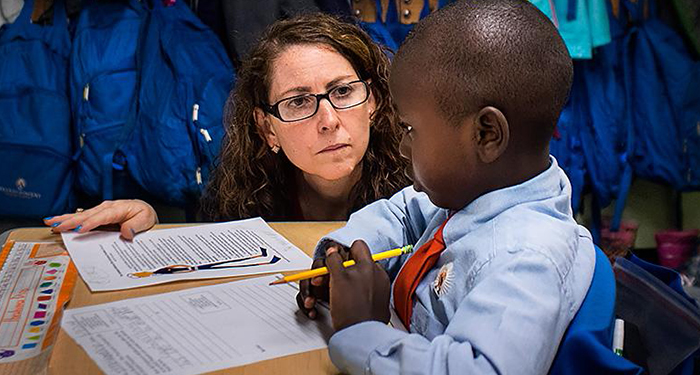
Yahoo News quotes Pauline Lipman, professor of educational policy studies, on the high rates of suspension, expulsion and teacher turnover in Success Academy, a chain of charter schools known for militaristic discipline.
For all its achievement, Success’ pressurized environment has led to one of the higher rates of student suspension and expulsion in New York, along with a teacher turnover rate that’s all but put a revolving door on the faculty lounge.
“It’s really quite high” compared with traditional public schools, says Pauline Lipman, a University of Illinois–Chicago educational policies professor and an expert on urban education and inequality. The tough standards and hyper-focus on test scores, she says, typically don’t leave room for creativity, independent thought, or individualized education—it prepares kids to take tests instead of preparing them for college.
“They basically drill kids in a good portion of the year. And when kids don’t [achieve], then they are shamed,” says Lipman. That approach, she says, teaches kids that “it’s their own fault because they aren’t putting forth the effort.”
That’s true at Success Academy: Low-scoring students are sent to “effort academies,” whichThe New York Times recently described as part detention, part study hall. At the same time, Success and other no-excuses charter schools have suspension and expulsion rates up to six times higher than traditional public schools, and they’ve been accused of pushing out students with learning or emotional disabilities.
There’s another problem with the approach: “I think it’s grounded in race,” Lipman says. “It sees poor [minority] families as pathological” and assumes they’re poor because they aren’t working hard enough.
The student populations at no-excuses charters “are almost entirely black and Latino,” says Lipman, and the schools are located in poor communities with failing traditional public schools. Those charters, she adds, convince parents—and school administrators—that tough love is the answer rather than giving chaotic, underachieving, understaffed, and overwhelmed neighborhood schools the resources they need to succeed.


